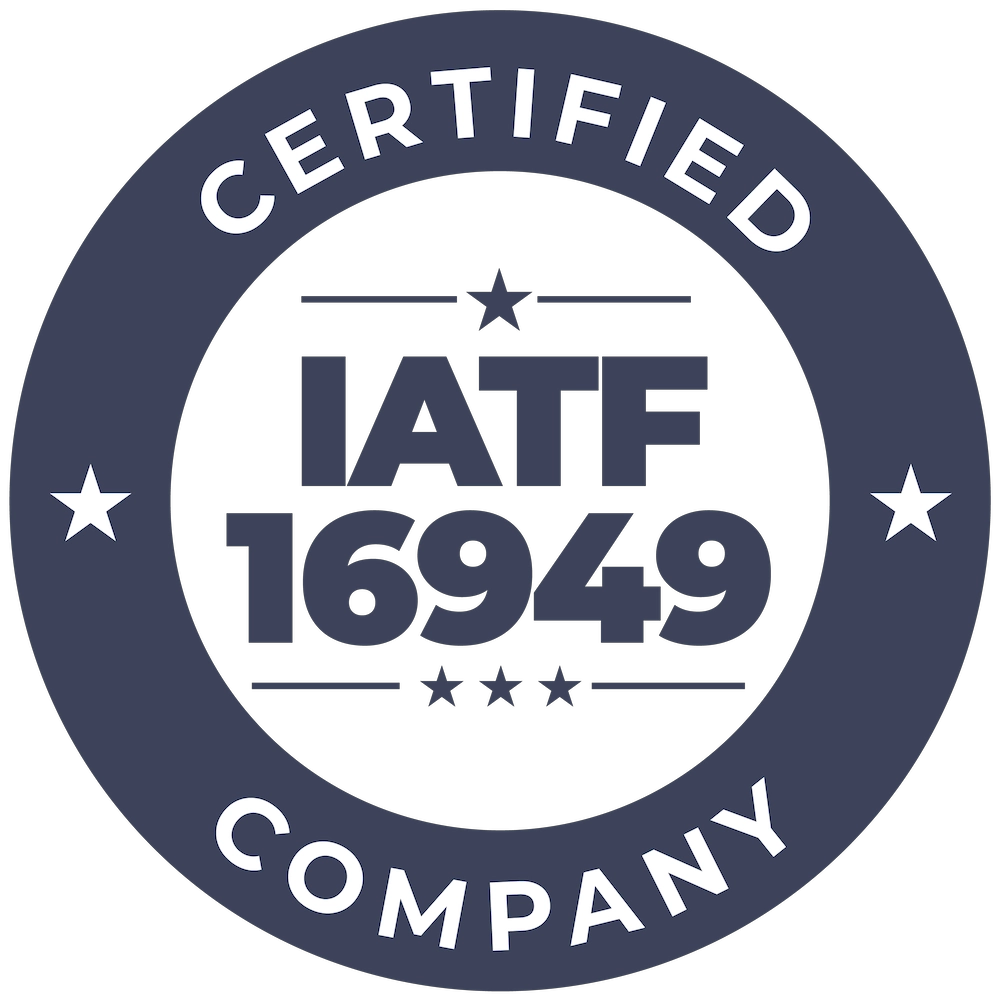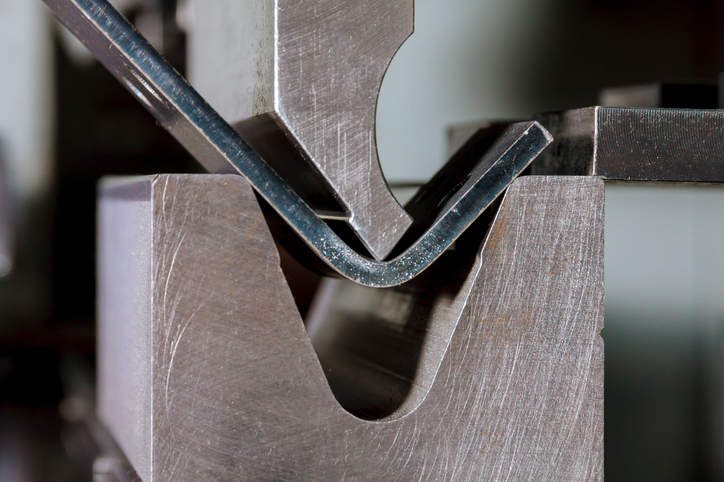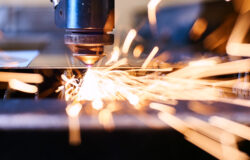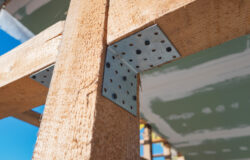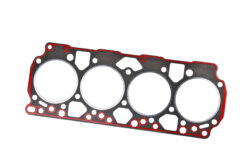Sheet metal bending is one of the most fundamental fabrication processes in the metal manufacturing industry. It’s also one of the most underrated. When product developers and engineers need components with complex geometries, they usually turn to CNC machining, stamping, or forging for their metal parts. But a manufacturer can often bend sheet metal without the need for expensive tooling or specialized equipment, making it an ideal and cost-effective solution, particularly when repeatability, customization, and versatility are of primary concern.
But what exactly is the potential when you choose to bend sheet metal for your metal parts? Delving deeper into the bending process, the equipment used, and design considerations should provide better insights for engineers and product developers alike.
A Brief Glossary of Terms
First, it’s important to have a good grasp of some general insider terms. While the following list is by no means exhaustive, it will provide some context on other concepts discussed later on.
Bend Allowance: The amount of material required for a bend, calculated based on the material’s properties, thickness, and bend angle.
Bend Angle: The angle at which the metal is bent, usually measured in degrees.
Bend Deduction: A value used to calculate the flat pattern length of a sheet metal part before bending, which accounts for material thickness and bend radii.
Bend Radius: The radius of curvature on the inside surface of a bend. It affects the minimum achievable bend angle and is crucial for preventing material damage.
Bend Sequence: The order in which multiple bends are made on a sheet metal part, which can impact the final shape.
Bend Tolerances: The acceptable range of variation from the specified dimensions of a bent sheet metal part.
Coining: A precise bending method that involves applying extreme pressure to create sharp, well-defined bends.
Flange: The portion of the sheet metal that extends perpendicular to the bend axis. It is typically connected to the main body of the part.
Hemming: A technique where the edge of a sheet metal part is folded over to provide a safe, smooth edge and added stiffness.
Neutral Axis: The theoretical line within the material that neither stretches nor compresses during bending.
Press Brake: A machine tool used for bending sheet metal by clamping it between a punch and a die, applying force to create the desired bend.
Springback: The elastic deformation of sheet metal that occurs after bending, causing it to return slightly to its original shape.
Tonnage: The force applied to the press brake to bend the sheet metal, typically measured in tons.
Materials Best For When You Bend Sheet Metal
When you’re looking to bend sheet metal, material choice is paramount. The material used directly impacts the manufacturability, performance, and cost-effectiveness of components. While a variety of both metal and non-metal materials are suitable for the bending process, the most common metals involved are steel, aluminum, titanium, and copper.
Steel (both carbon steel and stainless steel) is one of the most commonly used materials for sheet metal bending due to its excellent strength, durability, and versatility. While carbon steel is more affordable, stainless steel has better corrosion resistance, making it ideal for more demanding applications. Both are used in various applications including aircraft parts, aircraft engine components, industrial conveyor systems, vehicle chassis, and medical equipment.
Aluminum is a lightweight material that lends itself well to applications where weight reduction is a priority. With superior corrosion resistance and ease of forming, aluminum and its alloys are widely used in aerospace applications like skins and frames, as well as vehicle performance parts, suspension components, and medical devices.
Titanium is known for its high strength-to-weight ratio. With excellent corrosion resistance and biocompatibility, it’s a pricier but crucial material for a variety of applications, such as aircraft engine gears and landing component, as well as medical implants.
Copper and copper alloys are valued for their excellent thermal and electrical conductivity. While the use of copper is less widespread, it is uniquely suited for very specific applications, including industrial electrical connectors and heat exchangers, and medical instruments and equipment.
Design Considerations When You Bend Sheet Metal
Bend Radius, Angle, and Tolerance
The bend radius, angle, and tolerance should all be clearly specified in the design. The radius is dependent on the material properties and desired bend angle, and an inappropriate radius can lead to cracking or wrinkling. Engineers should choose a bend radius that minimizes stress and material deformation while maintaining the desired shape. Similarly, the design should account for variations during bending.
Material Selection and Thickness
Material selection and thickness are crucial factors to keep in mind. The choice of material significantly impacts the ease of bending and the final product’s characteristics. The thickness of the material also determines the force required for bending, the bend radius, and the overall strength of the part.
Minimum Flange Width
The flange width is the minimum distance between the bend radius and the edge of the sheet metal. A minimum width prevents tearing or distortion during bending. Engineers should consult with manufacturing professionals to determine the best minimum width for your part.
Hole and Slot Placement
When not considered carefully, the placement of holes, slots, and cutouts can interfere with the sheet metal bending operation, which can lead to deformation, cracking, or the need for additional, necessary operations. Again, consulting with a skilled manufacturer can help you select the right placements for these.
Bend Sequence
For complex parts with multiple bends, engineers should carefully plan the bend sequence. The bend order can impact the part’s final accuracy and shape.
Design for Manufacturing (DFM)
Engineers should apply principles of DFM to simplify the bending process. Doing so helps reduce production costs, minimize material waste, and shorten lead times.
Partner with OGS Industries for Expert Sheet Metal Bending Services
Sheet metal bending is a meticulous process that requires a high level of expertise. There are a long list of other factors (such as part orientation, tooling and die selection, safety and accessibility, and prototyping and testing) that can impact the final quality of your sheet metal component. Partnering with a highly skilled manufacturer can help you design your parts for optimum performance.
OGS Industries has excelled in the metal manufacturing business for more than 60 years. We specialize in crafting mission-critical components with our metal stamping, sheet metal fabrication, and machining capabilities. And, with our additional services like assembly, inventory stock programs, and next-level customer service, we work with you to ensure your metal parts meet your every need.
Connect with our team today to get started.

